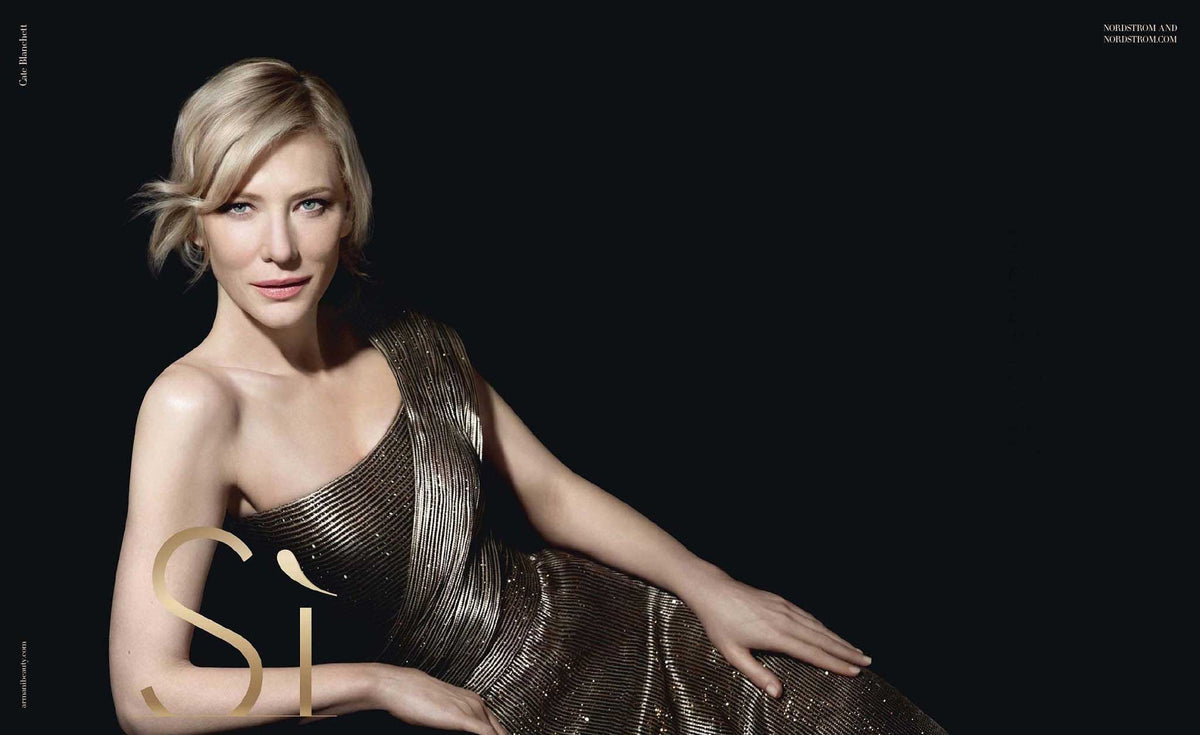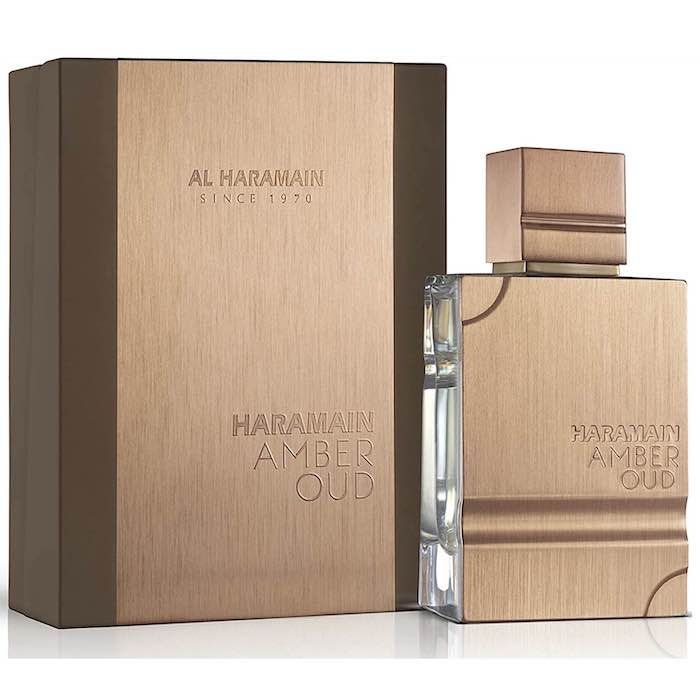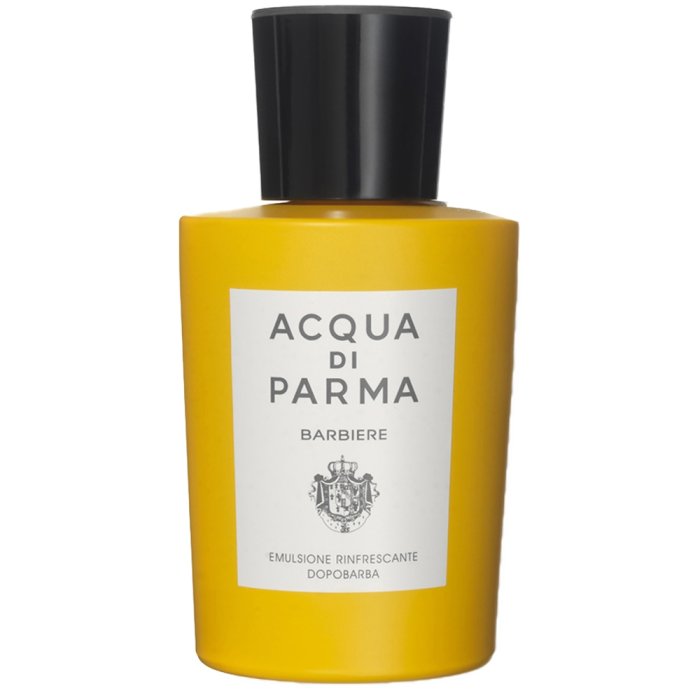When it comes to luxury perfumes, few names evoke as much prestige, glamour, and timeless elegance as Christian Dior. Since its inception in 1946, the Dior fashion house has not only shaped haute couture but also revolutionized perfumery, leaving an indelible mark on fragrance history. Dior’s perfumes are more than just scents—they are stories, symbols of femininity and sophistication, and olfactory icons that have transcended generations.
Exploring the history behind Dior’s fragrances is a journey through artistry, innovation, and the cultural zeitgeist of the 20th and 21st centuries. From the legendary Miss Dior to contemporary masterpieces, each fragrance tells a tale of vision, creativity, and mastery.
1. The Birth of Dior Perfumes
Christian Dior launched his fashion house in Paris in 1946, just after World War II. His debut collection, famously known as the “New Look”, celebrated femininity with structured silhouettes and luxurious fabrics. To complement his revolutionary designs, Dior sought a perfume that would embody the same elegance and sophistication.
In 1947, Miss Dior debuted, a green-floral fragrance crafted by perfumer Paul Vacher. It was designed to capture the spirit of Dior’s designs—bold yet graceful, modern yet timeless. The name honored Dior’s sister, Catherine, adding a personal touch to this now legendary fragrance. Miss Dior was not only a scent but a statement: Dior was creating a holistic experience where fashion and fragrance complemented each other perfectly.
2. Miss Dior: A Signature of Elegance
Miss Dior quickly became an icon. Its composition—notes of galbanum, jasmine, and ylang-ylang—was vibrant and uplifting. It reflected the post-war optimism and the newfound celebration of femininity. Over the years, Miss Dior evolved, adapting to contemporary tastes while maintaining its core elegance.
This perfume set the stage for Dior’s philosophy: perfume as an extension of style. Every fragrance would reflect the maison’s commitment to beauty, sophistication, and innovation. Miss Dior remains a testament to this vision, influencing countless designers and perfumers in the decades that followed.
3. Diorissimo: A Tribute to Nature
In 1956, Dior introduced Diorissimo, crafted by perfumer Edmond Roudnitska. Inspired by Christian Dior’s love for lilies of the valley, this fragrance celebrated purity, grace, and the delicate beauty of spring.
Diorissimo was groundbreaking in its use of muguet absolute, a rare and challenging ingredient. The fragrance captured the ephemeral charm of nature, creating a scent that was both fresh and refined. Its release marked Dior’s commitment to pushing boundaries in perfumery, blending natural elements with modern techniques to create timeless masterpieces.
4. Eau Sauvage: Redefining Men’s Fragrance
In 1966, Dior turned its attention to men with Eau Sauvage, a fragrance that would redefine masculinity in perfumery. Crafted by perfumer Edmond Roudnitska, Eau Sauvage introduced a fresh, citrusy composition with bergamot, lemon, and rosemary at its heart.
Unlike the heavy, traditional men’s fragrances of the time, Eau Sauvage was light, elegant, and versatile. It established Dior as a leader in men’s luxury perfumes and influenced generations of designers and perfumers seeking to create modern masculine scents.
5. The 1980s and the Rise of Haute Parfumerie
The 1980s marked a period of innovation and expansion for Dior perfumes. Iconic fragrances like Dior Addict and Poison emerged, capturing the era’s bold, extravagant spirit. These fragrances were intense, dramatic, and unapologetically luxurious, reflecting a cultural shift toward assertive femininity.
Perfumer Edmond Roudnitska and Dior’s creative teams embraced new synthetic molecules and techniques, allowing for richer, more complex compositions. The house’s perfumes became symbols of status and sophistication, appealing to a global audience seeking elegance and exclusivity.
6. Modern Dior Fragrances
In recent years, Dior has continued to innovate while honoring its heritage. Fragrances like J’adore, Miss Dior Blooming Bouquet, and Sauvage Eau de Parfum combine classic principles with contemporary sensibilities.
Perfumer François Demachy, Dior’s in-house perfumer since 2006, has been instrumental in blending tradition with modernity. His work ensures that each Dior fragrance is not only a reflection of the brand’s history but also a statement about today’s lifestyle and sensibilities.
7. Dior’s Legacy in Perfume Marketing
Dior has always excelled in the art of storytelling. Its marketing campaigns, collaborations with celebrities, and iconic bottle designs have reinforced the house’s reputation for elegance and innovation. From the sleek, timeless lines of Miss Dior to the rugged sophistication of Eau Sauvage, Dior perfumes tell a story that transcends the scent itself—they convey a lifestyle.
Every launch, whether a limited edition or a permanent collection, is a carefully crafted event. Dior’s perfumes are not just products; they are experiences, reinforcing the maison’s status as a global leader in luxury fragrance.
8. Conclusion: A Century of Olfactory Art
The history of Dior’s fragrances is a testament to artistry, innovation, and timeless elegance. From Miss Dior to Sauvage, each perfume embodies a distinct era, a unique emotion, and a vision of beauty.
Dior has shown that perfume is more than a scent—it’s an expression of personality, a piece of wearable art, and a legacy that connects generations. By understanding the history behind these iconic fragrances, we gain insight into why Dior remains a benchmark of luxury and why its perfumes continue to captivate the world.





0 comments